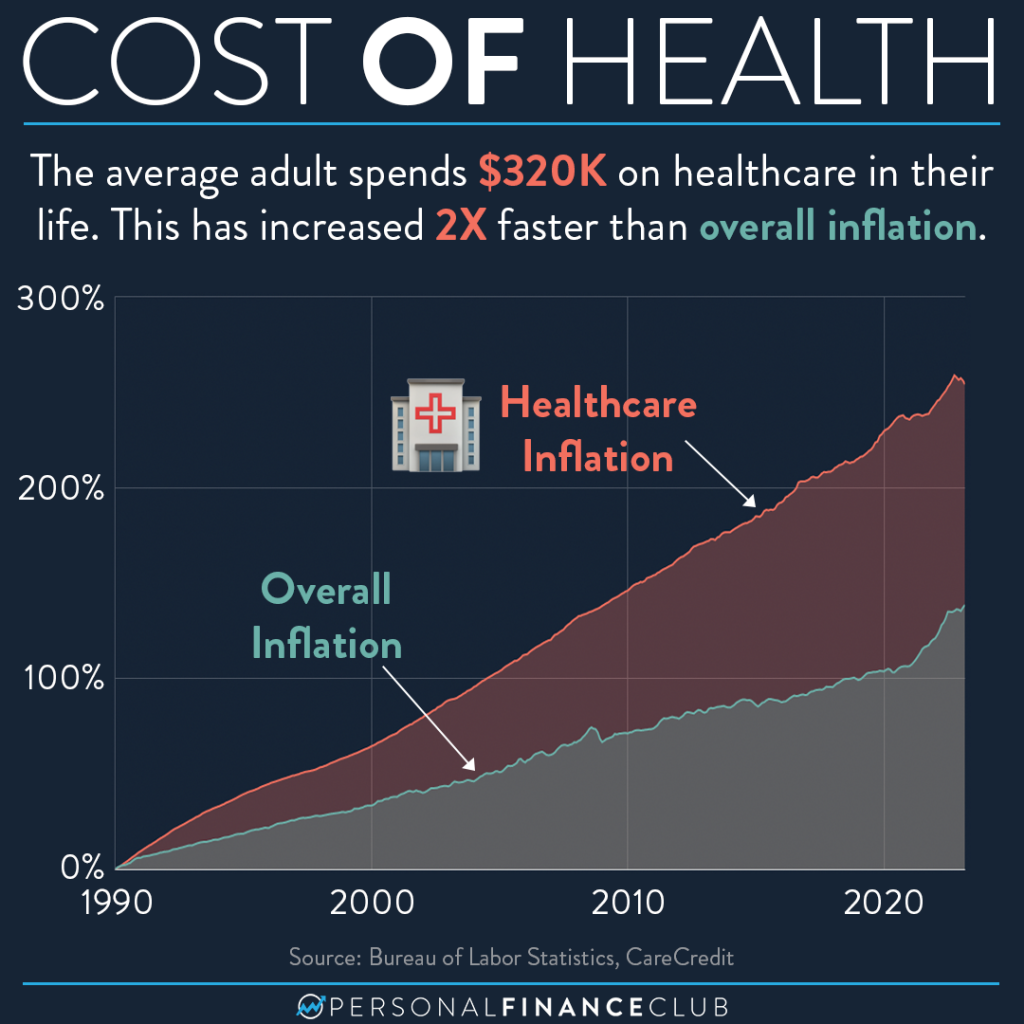The Value of Healthcare RCM in Enhancing Cash Flow and Effectiveness
The Value of Healthcare RCM in Enhancing Cash Flow and Effectiveness
Blog Article
A Comprehensive Overview on Just How Medical Care RCM Works to Improve Invoicing and Collections
Navigating the intricacies of health care earnings cycle administration (RCM) is vital for providers intending to enhance their invoicing and collections processes. The guide unpacks the ins and outs of RCM, from client enrollment to balance dues monitoring, offering insights right into maximizing each step. Integrating sophisticated modern technology and standardized procedures can considerably reduce insurance claim denials and accelerate repayment cycles. Yet, truth challenge hinges on effortlessly combining these components to boost capital. As we explore the core elements and techniques that drive performance, one concern remains: how can health care entities finest position themselves to thrive monetarily in an ever-evolving industry?
Recognizing Revenue Cycle Management
RCM is a critical administrative feature that incorporates the whole financial process of patient treatment, from the first appointment establishing to the final settlement of the balance. It is a complex treatment made to recognize, collect, and handle the profits from the services given to individuals.
The RCM process starts when a client routines an appointment and prolongs through the person's treatment trip, consisting of billing and collections. A vital objective is to decrease the time in between offering a service and obtaining repayment, hence improving the company's financial health and wellness. RCM includes different functions such as patient registration, insurance policy confirmation, fee capture, coding, asserts entry, payment uploading, and dealing with rejections and allures.
Secret Components of RCM
In the world of Earnings Cycle Management (RCM), recognizing its key elements is basic to accomplishing economic efficiency within healthcare companies. RCM is an extensive process that encompasses numerous phases, each essential to ensuring efficient billing and collections. The key parts consist of client registration, insurance confirmation, fee capture, coding, case submission, settlement publishing, and receivable management.


As soon as coded, cases are sent to payers, where precision is critical to avoid beings rejected or delays - Healthcare RCM. Payment uploading involves videotaping the gotten settlements, which permits the settlement of accounts. Last but not least, receivables monitoring concentrates on monitoring and attending to unpaid claims, making sure prompt follow-up and resolution
Each part of RCM is interconnected, and inefficiencies in any kind of component can disrupt the whole cycle. Consequently, understanding these elements is crucial for doctor to enhance income and enhance their monetary health.
Techniques for Effective Payment

Standardizing billing treatments throughout the organization is another crucial approach. Developing clear guidelines for paperwork, coding, and entry assists maintain uniformity and compliance with governing demands. Educating team frequently on these procedures makes certain everybody is up-to-date with the most recent changes in billing codes and payer policies.
Accurate fee capture is important in protecting against revenue leak. Applying regular audits and tracking systems enables the identification and modification of disparities prior to they affect income. In addition, preserving open lines of interaction with payers assists to promptly solve any type of conflicts or misconceptions that might arise.

Lastly, interesting patients early in the payment procedure by supplying clear quotes and instructional materials regarding their economic duties can substantially minimize confusion and boost settlement timeliness. These techniques jointly contribute to a more efficient and financially healthy and balanced billing system.
Enhancing Collections Processes
Provided the complexities of medical invoicing and the range of payer needs, enhancing the collections process includes carrying out critical procedures that make certain exact and prompt repayment of solutions provided. Automation devices can help in tracking insurance claim standings, sending out timely pointers to clients, and managing denials extra properly.
Transparent and clear patient communications are critical. Supplying in-depth descriptions of costs and supplying adaptable payment strategies can raise person complete satisfaction and punctual payments.
Regular audits of the collections procedure must be carried out to recognize locations for enhancement and make certain conformity with policies. By analyzing information, medical care companies can recognize patterns, expect prospective concerns, and adjust strategies appropriately (Healthcare RCM). Ultimately, a well-enhanced collections process not just sustains financial health and wellness but additionally adds to a more seamless experience for patients and team alike
Optimizing Revenue Streams
Building upon the foundation of a solid collections procedure, health care companies can better boost their monetary security by tactically enhancing earnings streams. This includes a multi-faceted strategy, starting with a detailed evaluation of existing revenue resources to determine inadequacies and areas for development. Utilizing sophisticated data analytics devices allows organizations to get insights into payer mix, patient demographics, and service utilization patterns, permitting data-driven decisions that improve revenue capture.
Carrying out automated invoicing systems can substantially minimize mistakes and speed up insurance claims refining, guaranteeing that find more info earnings is accumulated extra successfully. In addition, enhancing payer contracts with routine arrangements can boost reimbursement prices and terms, directly affecting the lower line. Branching out service offerings, such as including telehealth or health programs, can additionally attract a wider client base, hence boosting earnings possibility.
An additional vital element is improving person engagement and fulfillment, as completely satisfied individuals are much more most likely to stick to therapy plans and make prompt settlements. Using versatile payment alternatives and transparent invoicing practices can enhance collections and foster individual loyalty. Healthcare RCM. By adopting these techniques, health care organizations can produce a more resilient monetary structure, making sure sustained development and stability in an ever-changing sector landscape
Conclusion
To conclude, healthcare Revenue Cycle Management (RCM) plays a critical duty in optimizing billing and collections procedures by integrating crucial elements such as person registration, insurance verification, cost capture, coding, asserts entry, and accounts receivable administration. By using advanced innovation, systematizing treatments, and cultivating person involvement, doctor can substantially lower case denials, speed up payment cycles, and enhance cash circulation. This comprehensive approach to RCM inevitably results in improved monetary efficiency and sustainability for health care companies.
The RCM procedure begins when a client schedules a visit and extends with the person's treatment trip, consisting of billing and collections.Another crucial part is boosting person involvement and complete satisfaction, as satisfied patients are much more most likely to stick to treatment plans and make prompt payments. Offering flexible repayment options and clear payment techniques can improve collections and foster individual loyalty.In conclusion, read this article health care Earnings Cycle Management (RCM) plays a crucial function in optimizing billing and collections this content processes by incorporating crucial components such as person registration, insurance verification, charge capture, coding, asserts entry, and accounts receivable management. By utilizing advanced technology, standardizing procedures, and promoting patient engagement, medical care suppliers can substantially minimize claim denials, accelerate payment cycles, and enhance cash money flow.
Report this page